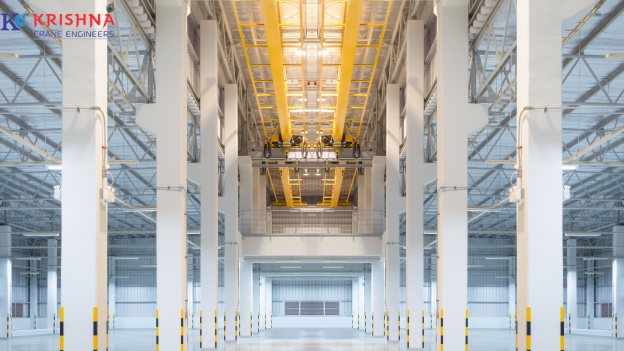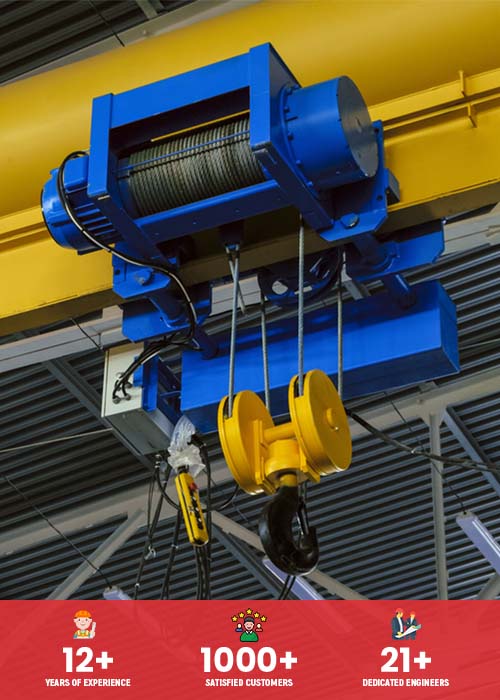How to choose a suitable overhead crane for your factory?
The proportion of material handling expenses in production costs is increasing as a result of the modern economy’s rapid development and the increase in production scale. In order to increase production, fully utilize the useful functions of cranes, meet usage requirements, lower use costs, increase economic efficiency, and ensure operational safety, it is crucial to choose overhead cranes correctly and logically.
You can choose from the following bridge crane types for your business from eot crane manufacturer:
Overhead Crane Types Selection
Choose the appropriate overhead crane type for the environment and use of the operation site.
- You can select a general bridge crane, an electric single girder crane, an electric single girder suspension crane, or an electric hoist bridge crane in a working environment free of flammable, explosive, and corrosive gas.
- You should select an explosion-proof bridge crane when working in an explosive mixture.
- Metalurgical bridge cranes should be used in locations where metal is smelted, rolled, or heated.
- Insulated bridge cranes are an option for non-ferrous metal electrolytic aluminium (magnesium, lead, and zinc) and other smelting facilities.
Overhead Crane Models Selection
Depending on the properties of the object to be hoisted, choose the model of overhead crane.
The bridge crane model includes the product code, the span, the operating level, and the rated lifting capability. Overhead crane product codes vary depending on the type. Different product codes for the same variety of overhead crane exist based on various construction types, trolley configurations, and pick-up mechanisms.
The fundamentals of an overhead crane’s performance criteria and working capacity serve as the fundamental building blocks for making the right crane decision. The lifting capacity, lifting height, working level, working speed, and span are the fundamental characteristics of an overhead crane.
- Add together the maximum weight of the objects to be lifted and the weight of the pick-up mechanism to find the crane’s rated lifting capacity.
- Calculate the span of the overhead crane using the design drawings for the plant and the width of the load-bearing beam of the crane rail.
- Determine the crane working-level based on the load status and utilisation level.
- The overhead crane’s utilisation level is chosen based on the total number of operating cycles over the design’s lifespan;
- Choose the hoisting load status for the overhead crane based on the ratio of the hoisting load to the rated load and the ratio of the number of times each hoisting load is used to the total number of working cycles;
- Based on load condition and utilisation level, choose the overhead crane working level.
If you need an overhead crane, Krishna crane Engineers can supply one that is appropriate for your industry and work load. They can also provide you with a customised crane design drawing that includes a steel structure and support rail beam. If you have any questions about overhead cranes, don’t hesitate to get in touch.



